In his New York Times essay of 02 January 2023, “Putin Has No Red Lines,” Nigel Gould-Davies calls the use of the figure of speech “Red Lines” a “lazy metaphor.” He then counters by saying, “Strategy needs rigorous thought.”
Unfortunately, he skips the rigor of discussing the crucial difference between publicly declared ‘red lines’ and those ‘privately’ delivered to other national leaders by a President or by way of ambassadors.
Gould-Davies probably winced, as I remember doing when Barack Obama spoke his ‘red line’ warning concerning Assad’s possible use of chemical weaponry in Syria. The President should have refrained from a public posture and sent that message through diplomatic channels.
By going public, Barack Obama set himself up to pay a domestic and international political price when later he appeared to avoid carrying through with the response he had promised in his public declaration.
Diplomats do not need to use the imprecise language of ‘red lines’ when pointing out that “if you do X, there will be grave consequences.” And they can get quite specific if they need to drive home the message.
Nigel Gould-Davies advocates for rigorous strategic thought. Again, he fails this standard when he discusses the dangers of escalation in Ukraine. He discusses the matter as though it is an ordinary case of diplomatic bargaining. It is not.
A wrong step in this war will kill millions, perhaps billions, worldwide. He suggests that the essential care required in this fraught situation is the equivalent of a “bargaining concession.” Care and restraint in a war in Europe are not concessions, especially regarding the risks of nuclear war. They are an essential aspect of the support the U.S. is providing Ukraine.
A lazy metaphor frequently used about this war is the one about ‘calling bluffs’ as in a Poker game. Once in a while, Poker games end with the death of a player but never lead to the mass deaths of a nuclear war.
Calling bluffs on nuclear escalation is extremely hazardous moral ground.
There can be no justification for anyone calling a nuclear bluff and inadvertently setting the war in Ukraine on an escalator to a global nuclear exchange between the U.S. and Russia. It will not matter in the least who is to blame if the result is nuclear war.
Avoiding the escalator to nuclear war between the U.S. and Russia requires the U.S. to practice disciplined self-restraint.
Most importantly, The U.S. must not take the risk of uniformed U.S. soldiers fighting Russian soldiers in Ukraine. This is a critical “bottom line,” if not a red line, for U.S. policy.
Luckily, President Biden understands this. Perhaps this is because he is old enough to remember the unwritten rules of the Cold War, a time when the Soviets and the U.S. sought to avoid direct warfare, even in places far from their respective borders. They did this because they had a realistic appreciation of the existential danger of escalation of conventional war, especially in Europe, to the uncontrollable use of nuclear weapons.
The present war in Ukraine is on Russia’s border! That fundamental fact of geography must give all supporters of Ukraine pause. Geography and the large arsenals of nuclear weapons that Russia and the U.S. possess make this war extraordinarily dangerous for the world.
~~
Of related interest:
“Putin is not bluffing with his nuclear threats; What do President Biden and his national security team know that makes them take Russian President Putin’s nuclear threat so seriously? Seven inconvenient facts,” by, Boston Globe, October 3, 2022
“We are On a Path to Nuclear War,” by Jeremy Shapiro, War on the Rocks, October 12, 2022
“The ‘Stable Nuclear Deterrent’ collapses in the Ukraine War,” by Charles Knight, October 17, 2022
“World War III Begins With Forgetting,” by Stephen Wertheim, New York Times, 03 December 2022


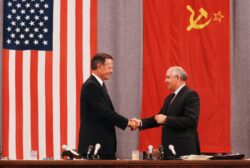
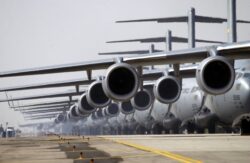 Pentagon Fact Sheet:
Pentagon Fact Sheet: 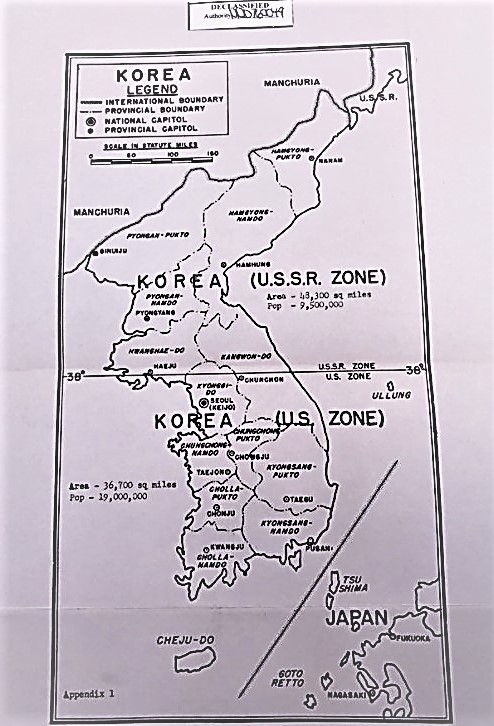

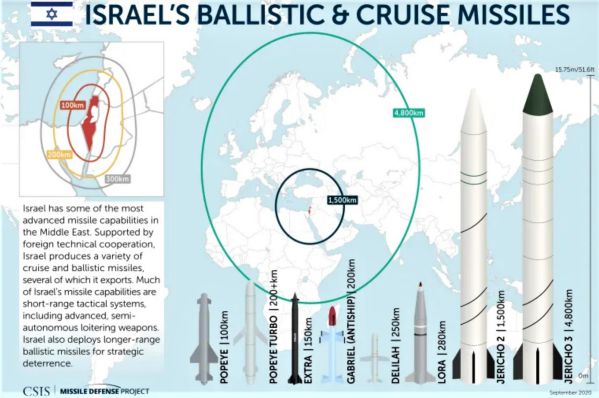
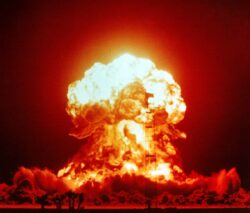 By Carl Conetta, 14 March 2021
By Carl Conetta, 14 March 2021 “The idea of international law presupposes the separate existence of many independent but neighboring states. Although this condition is itself a state of war (unless a united federation of these states prevents the outbreak of hostilities), this is preferable to the amalgamation of states under one superior power, as this would end in one universal monarchy, and laws always lose in vigor what government gains in extent; hence a soulless despotism falls into anarchy after stifling the seeds of the good. Nevertheless, every state (or its ruling power) desires to establish a lasting condition of peace in this way, aspiring if possible to rule the whole world. But nature wills otherwise.”
“The idea of international law presupposes the separate existence of many independent but neighboring states. Although this condition is itself a state of war (unless a united federation of these states prevents the outbreak of hostilities), this is preferable to the amalgamation of states under one superior power, as this would end in one universal monarchy, and laws always lose in vigor what government gains in extent; hence a soulless despotism falls into anarchy after stifling the seeds of the good. Nevertheless, every state (or its ruling power) desires to establish a lasting condition of peace in this way, aspiring if possible to rule the whole world. But nature wills otherwise.” “Why, with all the hopeful possibilities engendered by the end of the Cold War, should East-West relations become centered on the question of who would be allied with whom and, by implication, against whom in some fanciful, totally unforeseeable and most improbable future military conflict?”
“Why, with all the hopeful possibilities engendered by the end of the Cold War, should East-West relations become centered on the question of who would be allied with whom and, by implication, against whom in some fanciful, totally unforeseeable and most improbable future military conflict?”
